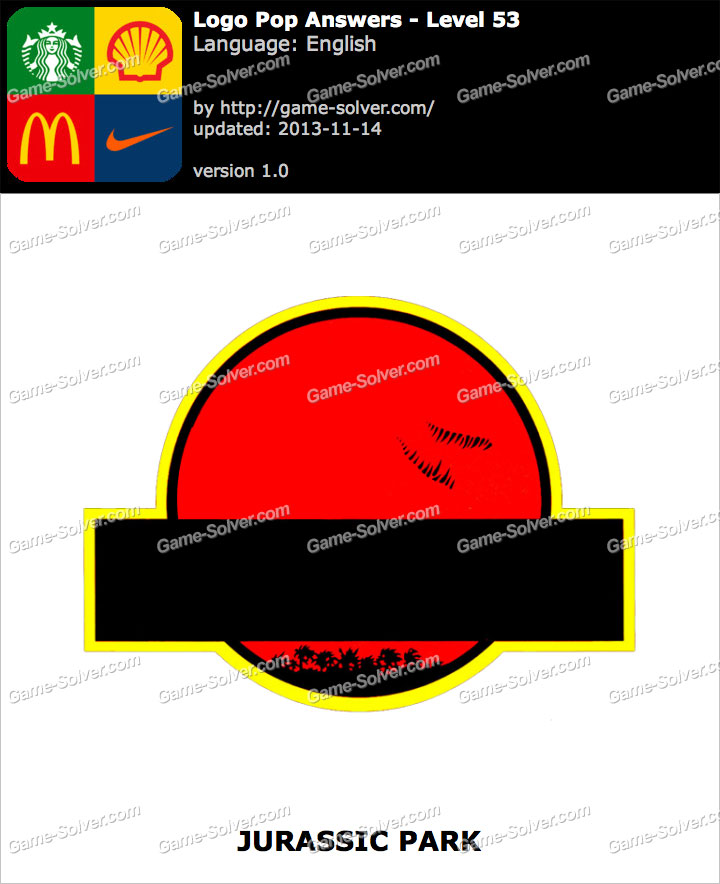
Especially hyperspectral imaging data of individual plants or crop stands contains an enormous amount of information on their physiological and biochemical status 7, 9, 10. This kind of sensor-based phenotyping has already been proven successfully for monitoring physiological traits and plant genotype-specific responses to biotic and abiotic stresses 6, 7, 8.

Each of these diseases causes characteristic symptoms and the need to improve and to automatize their monitoring in fields and/or greenhouses has led to an increasing adoption of technologies such as hyperspectral imaging. Barley, for example, may be affected by various foliar pathogens during the vegetation period, and significant quantitative and qualitative yield losses are caused by diseases like powdery mildew, net blotch and brown rust 5.

Unfortunately, these scale badly to the growing amounts of data in plant phenotyping and are prone to human conformation bias. Today’s approaches to disease detection and planning of plant protection measures still very much rely on human experts and/or on prognosis models. Especially the detection of plant diseases is an important task in crop production to avoid yield losses, and in plant breeding for the selection of diseases resistant genotypes. Within this context, non-invasive sensors and computer based technologies demonstrated their potential to equip todays agriculture with tools to solve current and future challenges 4. Recently, phenotyping is defined as a set of methodologies and protocols to assess plant parameters at different scales 2, 3. The plant phenotype is of importance to evaluate the performance of a crop as the interaction between a plant genotype and its environment 1. In short, our analysis and visualization of characteristic topics found during symptom development and disease progress reveal the hyperspectral language of plant diseases. We also present a visualization of the topics that provides plant scientists an intuitive tool for hyperspectral imaging. Based on recent regularized topic models, we demonstrate that one can track automatically the development of three foliar diseases of barley. Then, we apply probabilistic topic models, a well-established natural language processing technique that identifies content and topics of documents. To uncover latent hyperspectral characteristics of diseased plants reliably and in an easy-to-understand way, we “wordify” the hyperspectral images, i.e., we turn the images into a corpus of text documents. In this work, we present an approach to plant phenotyping that integrates non-invasive sensors, computer vision, as well as data mining techniques and allows for monitoring how plants respond to stress. In particular, hyperspectral imaging have been found to reveal physiological and structural characteristics in plants and to allow for tracking physiological dynamics due to environmental effects. You will need the resource identifier and contributor’s GitHub username.Modern phenotyping and plant disease detection methods, based on optical sensors and information technology, provide promising approaches to plant research and precision farming. You can share feedback, ask questions, or request clarifications about this resource. There is no discussion at this time for this resource. Related Documentation: Mapping Document (XLSX)Ĭontributor Notes: n/a Feedback on this Resource Guidance/Tool Name: NIST Special Publication 800-53, Revision 5, Initial Public Draft, Security and Privacy Controls for Information Systems and OrganizationsĪssociated Core Classification: Complete Core - see mapping document belowĬontributor: National Institute of Standards and Technology (NIST)Ĭontributor GitHub First Posted: January 16, 2020 The latest version of this resource is the NIST Privacy Framework and Cybersecurity Framework to NIST Special Publication 800-53, Revision 5 Crosswalk.

With the release of NIST Special Publication 800-53, Revision 5, this resource has been archived.


 0 kommentar(er)
0 kommentar(er)
